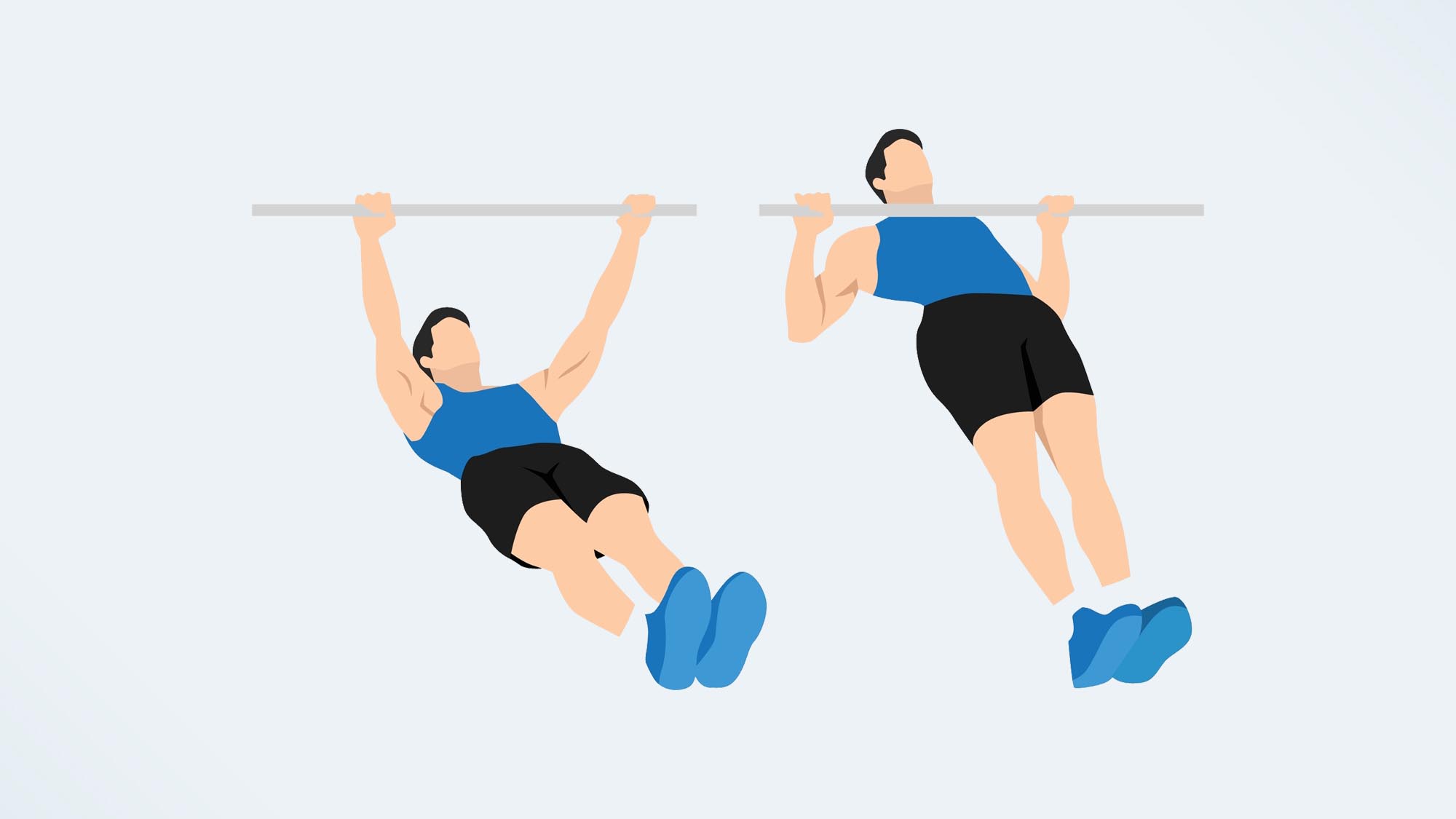Now I’m hitting my third trimester of pregnancy—and as my energy levels have dropped—I’ve pressed pause on working out, but I’m still doing the same set of stretches to stay mobile and limber.
I work from home most days and whenever I need a screen break, I do a micro sequence of stretches that trainers, yoga instructors and physical therapists have recommended to me during interviews over the years—ones that have genuinely helped.
Most of them target muscles in my hips and lower back—common problem areas for me and anyone who works a desk job or spends hours sitting. But there’s also a shoulder and mid-back stretch that feels particularly satisfying when I’ve been hunched forward for too long.
All these stretches provide a moderate amount of immediate relief, but I’ve noticed the biggest changes come when I do the moves consistently, a couple of times a day, holding each one for around 60 seconds.
Since committing to these stretches regularly, I’ve noticed improvements in my lower-body flexibility and mobility.
Seated forward fold
Time: 30-60sec
Watch On
- Sit on the floor with your legs extended in front of you.
- Hinge at your hips and reach your hands forward until you feel a stretch in your hamstrings.
- Hold your calves, thighs or feet and gently pull your torso down.
- Hold for 30 to 60 seconds, breathing deeply.
Targets: Muscles along the backs of your legs, including hamstrings and calves.
Couch stretch

Watch On
Time: 30-60sec
- Kneel with your back to a couch or wall.
- Lift your right foot and move your right knee back, closer to wall, as far as is comfortable.
- Step your left foot forward so your left knee is bent to 90° and your left knee is directly above your left ankle, and rest your hands on your front knee.
- Lift your chest so your torso is upright and hold this position for 30 to 60 seconds, then switch sides.
Targets: Muscles on the front of the upper thigh, like the hip flexors and quads.
Pigeon pose

Watch On
Time: 30-60sec each side
- Start on your hands and knees.
- Bring your right knee toward your right hand and position your ankle toward your left hand, so your shin is horizontal, or as close to as your mobility comfortably allows.
- Straighten your left leg on the floor behind you.
- To deepen the stretch, lower down onto your forearms and lower your head toward the floor.
- Hold for 30 to 60 seconds then switch sides.
Targets: Muscles around the hips, buttocks and lower spine, including the gluteal muscles, piriformis, psoas and hamstrings.
Calf stretch

Watch On
Time: 30-60sec each side
- Stand facing a wall, with your hands on it, and take a step back with your right foot, bending your left knee slightly.
- Keeping your right leg straight, press your right heel into the floor and lean forward—you should feel a stretch in your right calf.
- Hold for 30 to 60 seconds then switch sides.
Targets: Muscles in your lower leg, like your soleus and gastrocnemius.
Prayer stretch
Time: 30-60sec
- Kneel facing your couch.
- Clasp your hands together and put your elbows on the edge of the couch.
- Walk your knees back until your torso is nearly parallel to the floor.
- Drop your head and chest toward the floor.
- Hold for 30 to 60 seconds.
Targets: Muscles around your chest, back and shoulders, including your pecs and latissimus dorsi.

































